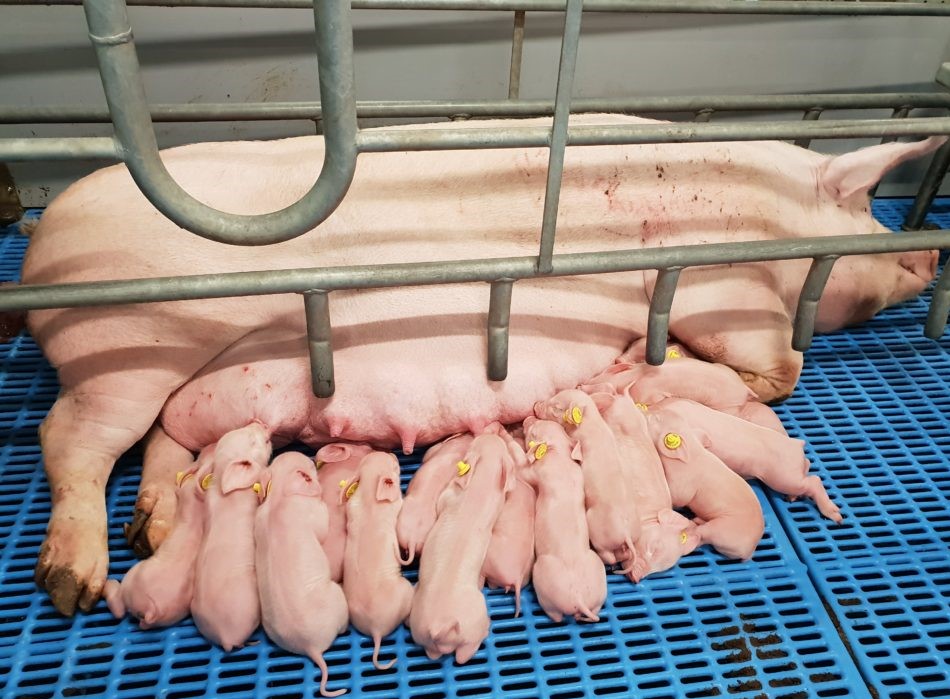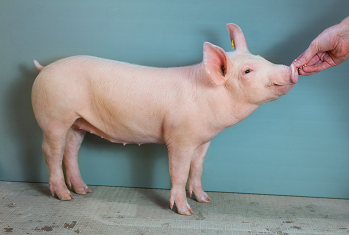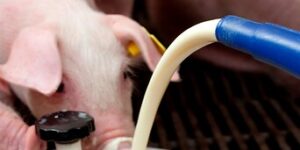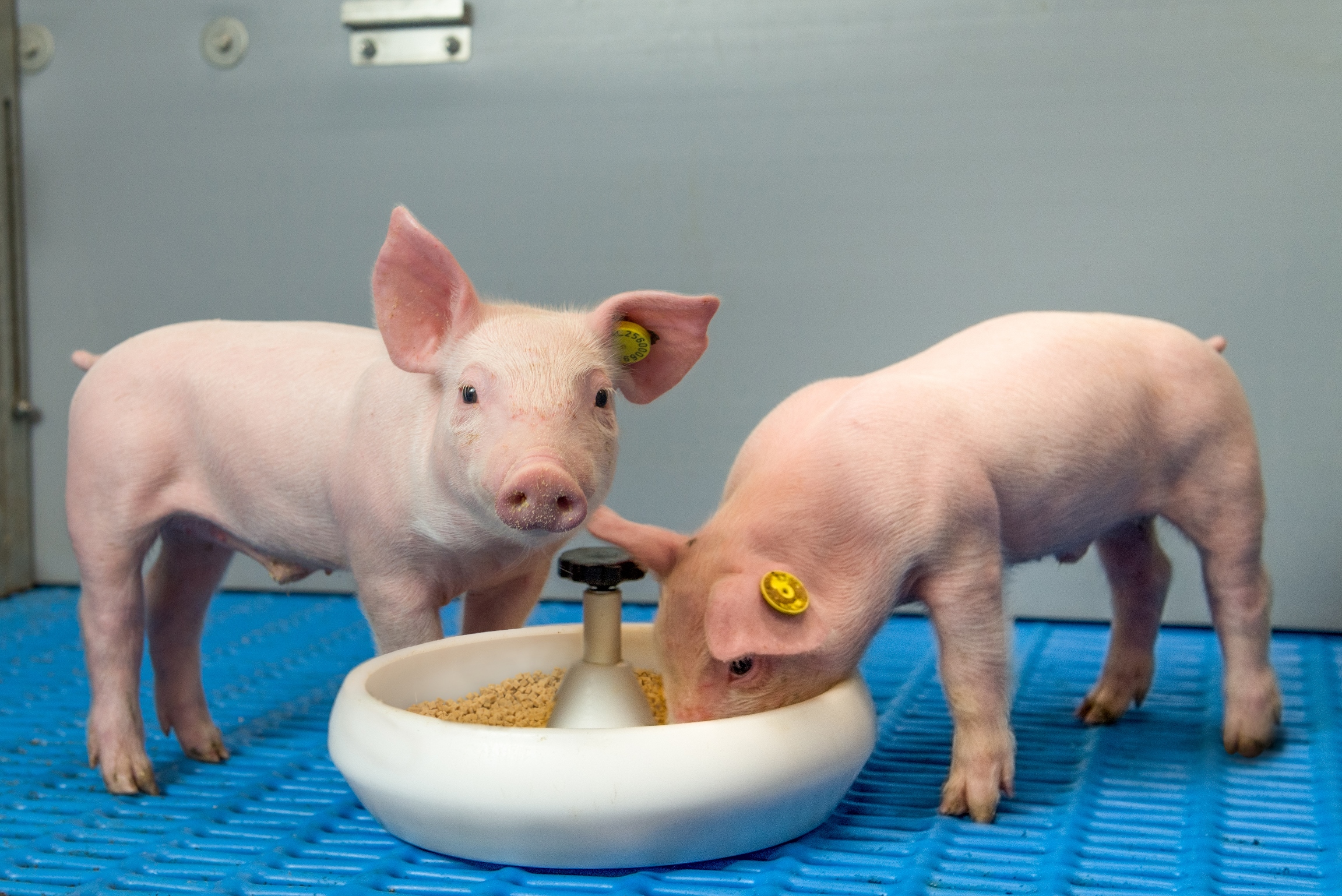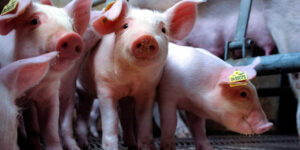Importance of a smooth transition from creep feed to weaning feed
The weaning phase is perhaps the most profound in a piglet’s life. The main source of nutrition – sow’s milk – is eliminated. The piglet becomes dependent on dry feed. Getting used to the changes is accompanied by increased stress and reduced resistance. As a result, a higher susceptibility of piglets to post-weaning infections such as meningitis caused by streptococci (S. suis), and weaning diarrhoea and oedema disease caused by E. coli can occur. A smooth transition from creep feed to weaning feed is important to ensure a smooth weaning phase and to prevent problems. In this article, we explain the role nutrition can play in this respect.
Research
Around the weaning period, several factors can lead to intestinal damage. Much is known about the role of E. coli after weaning, but the background of other problems is less clear. There are indications that the causative agent of meningitis – S. suis – may pass the stomach alive in young piglets, but it remains uncertain under which exact circumstances this could happen. In newly weaned piglets, the production of gastric acid is not yet sufficiently established, which potentially increases the survival rate of S. suis in the stomach. This pathogen might therefore not only indirectly penetrate the intestine from the pharynx, but also via the stomach. If S. suis turns up there, the bacteria benefit from damage that may already have occurred due to other causes.
Reduced feed intake
First of all, due to the stress around weaning, piglets often show an irregular/decreased feed intake. This is a major driver of S. suis and E. coli problems. Intestinal villi are small finger-shaped protrusions of the intestinal mucosa that increase the surface area of the intestinal wall. When feed intake is low, the length of the intestinal villi decreases, which results in nutrients being absorbed less effectively.
It also weakens the barrier function of the gut against infection. Due to changes in feed composition or switching between feeds, the diversity of the bacterial population present in the gut is reduced in the first three days after weaning. Because of the relative reduction in the abundance of favourable intestinal bacteria, in particular, this can lead to piglets being more exposed to pathogenic bacteria. In general, the gastrointestinal tract needs about ten days to recover and adapt after weaning. This makes piglets particularly vulnerable in that specific period.
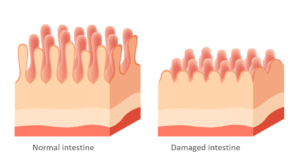
Reduced absorption capacity
When feed intake decreases and the length of the intestinal villi decreases, the production of digestive enzymes will also decrease. Nutrients are then less effectively digested and absorbed. Digestive changes can lead to a loss of resilience of the gut, with nutrients leaking out of the gut. At the same time, in the opposite direction, pathogenic bacteria (including S. suis) seize the opportunity to enter the body from the gut. Other bacteria, such as pathogenic E. coli, mainly grow on protein.
When too much protein is offered after weaning, or the protein can be insufficiently digested and absorbed, intestinal leakage and diarrhoea can occur, among other things due to the toxins produced by E. coli. In case of presenting a high level of sugars or not optimally digestible protein, part of it may not be digested in the small intestine. This then enters the large intestine, where it is fermented. Particularly unwanted fermentation of protein in the hindgut can cause the colon to leak moisture instead of absorbing it, again with a higher risk of diarrhoea as a result. In the context of maintaining the resilience of the intestine, safe weaning feeds are typically formulated with a relatively lower crude protein content, combined with high protein digestibility.
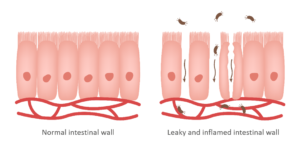
“What can we do through piglet nutrition, for example in the raw material choices we make, and in the transition from creep feed in the farrowing house to post-weaning feed?”
Flavour
Taste is an important tool to ensure a good connection between creep feed and weaning feed. High palatability of the creep feed and weaning feed is important to maintain a high feed intake. For example, providing a suitable creep feed as a ‘topdressing’ over the weaning feed in the first days after weaning can be considered to make the feed extra attractive. Major differences in the composition of raw materials between creep feed and weaning feed are undesirable because of a potential impact on palatability. Sugars in the diet generally have a taste-enhancing effect but can also have a laxative effect. This is why the sugar content in some cases is limited in safe feed concepts after weaning.
The gradual transition of raw materials
Piglets need time to get used to new raw materials and to adjust the digestion process in the intestine accordingly. It is therefore important that raw materials in the creep feed and weaning feed are sufficiently similar, so that digestion runs more smoothly after weaning. Around weaning, the transition from milk protein to vegetable protein is an important example. The piglets are provided with milk protein from the sow’s milk and piglet milk; after weaning, the protein will mainly originate from plant-based raw materials. It is thus important that piglets are already trained and prepared for proper protein digestion by feeding them creep feed in the farrowing house. This makes it easier for piglets to efficiently process the protein sources in the subsequent weaning feed with less risk of unwanted protein fermentation and intestinal leakage.
Conclusion
This clarifies that to ensure a smooth weaning process, the choice of the type of creep feed and weaning feed, and their proper alignment, requires tailor-made solutions, keeping several options open. The basic requirement is a good feed intake around weaning. In other words, an early start with creep feed and a smooth transition to weaning feed, both with a composition tailored to your farm situation. Denkavit offers customised solutions and can provide support.




